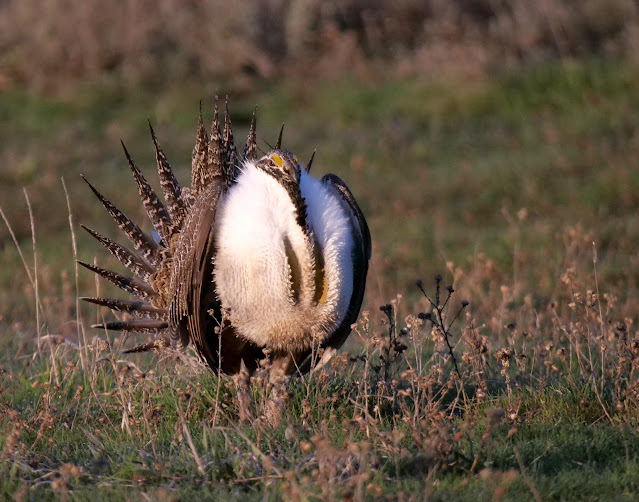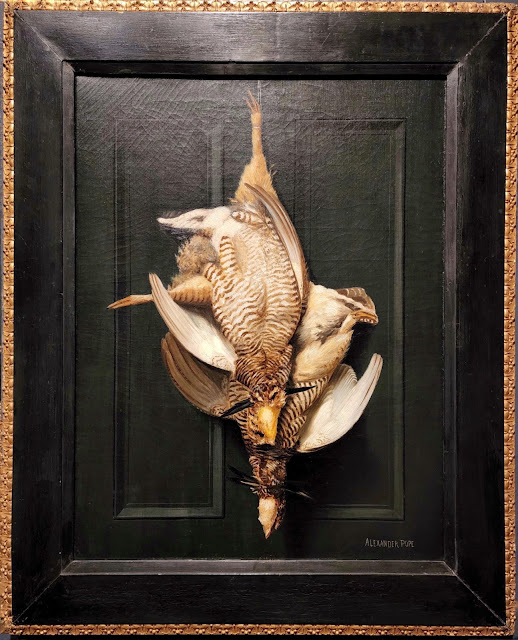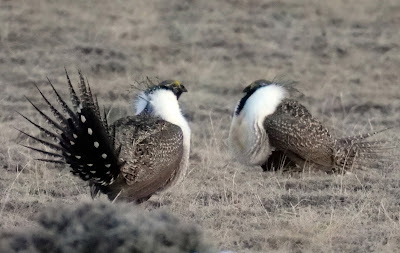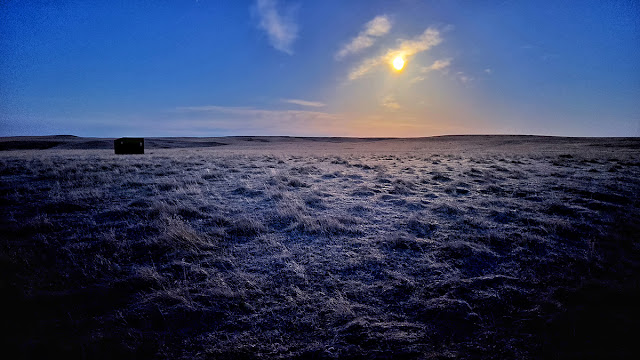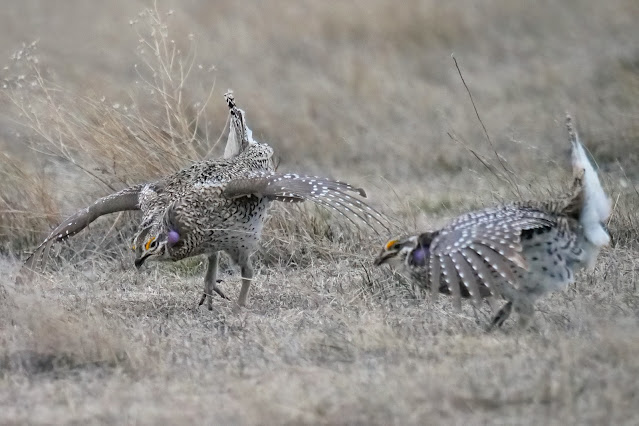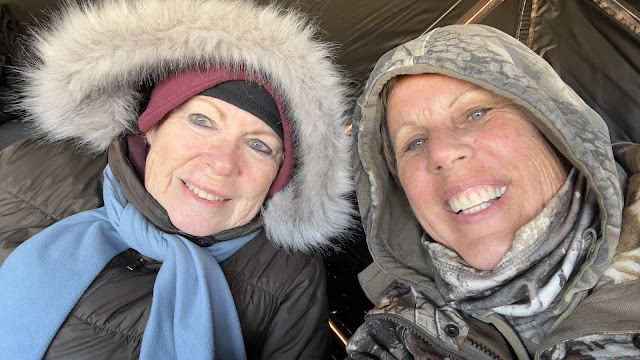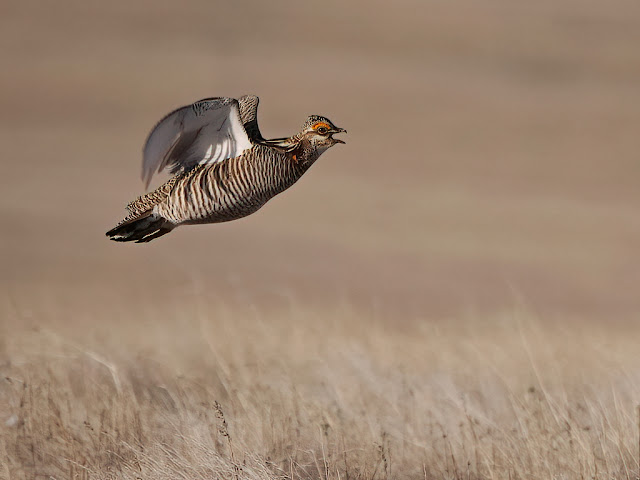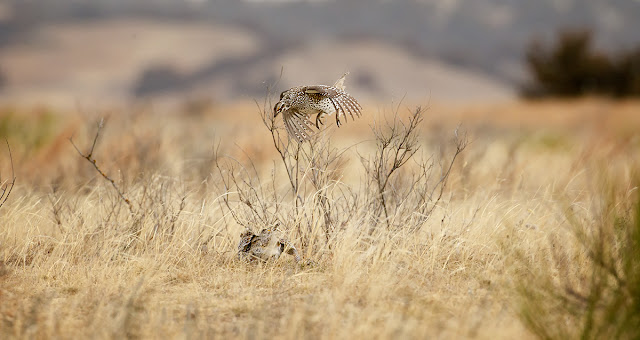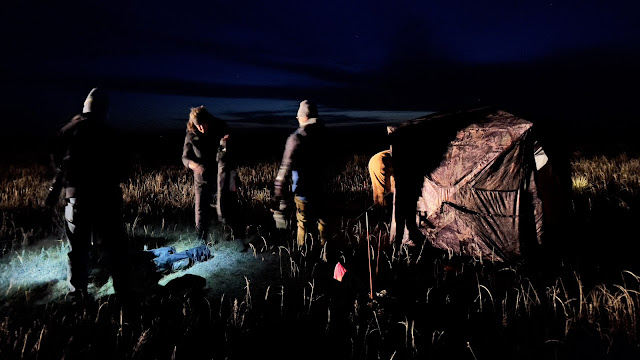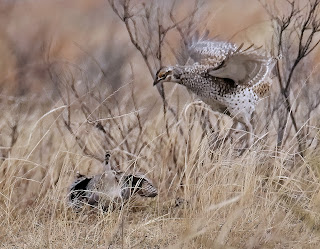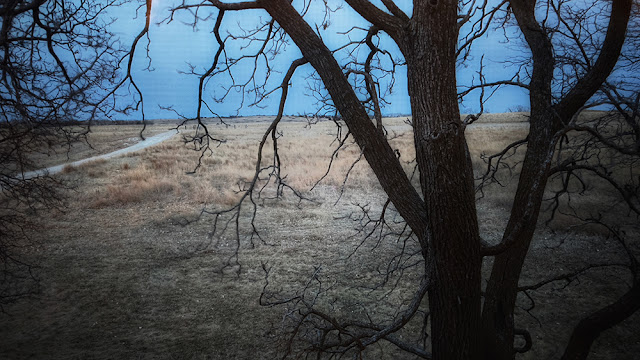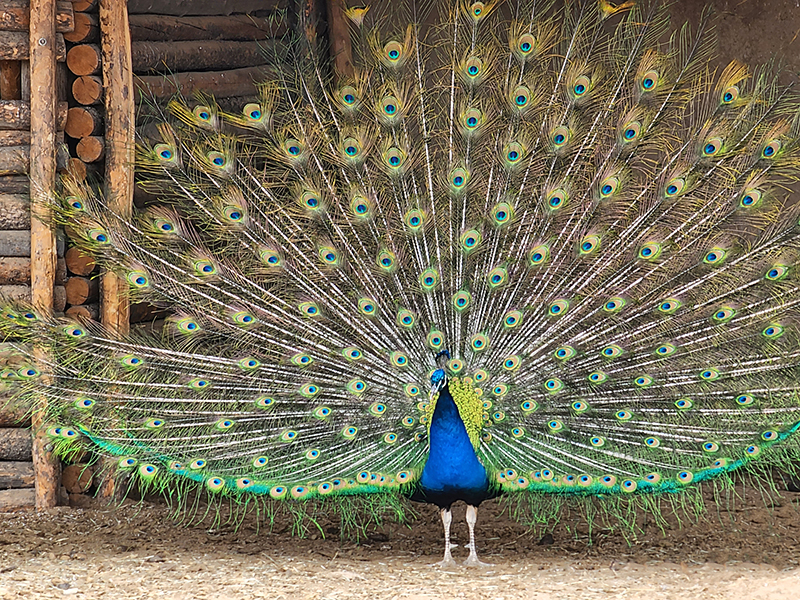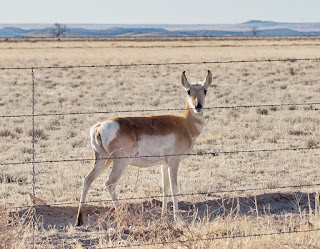Home Sweet Home
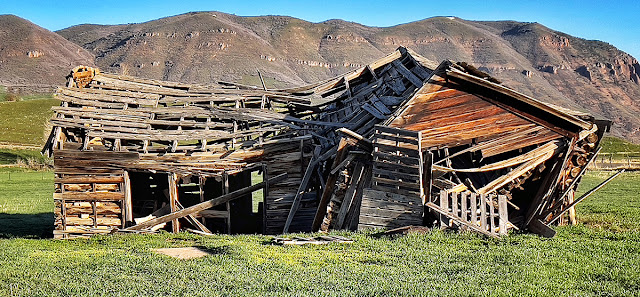
It has been a whirlwind but we are home! Thankful for the experiences of the last 23 days with my friend and other half of the "Grouse Girls," Christine Pence. Seven states behind us, five unique leks (visited multiple times), 4-5 species of grassland birds (does the hybrid prairie chicken count?), 5,941 miles in our rental 4WD and only one day without constant wind. It was definitely a good start on our quest to learn more and share stories from distant prairies. At home we've been able to rest and reflect on the journey. And go through thousands of images of course! Editing is essential. Alone I've added 190 GB's or over 15,000 images to my hard drive. Whew! I'll be at it for a while and intend to keep updating this blog with new information and interesting facts in the future. So stay tuned! In the meantime, feel free to contact Christine or me with any questions you may have. We encourage you to leave comments, send us your thoughts and images pertaining ...

